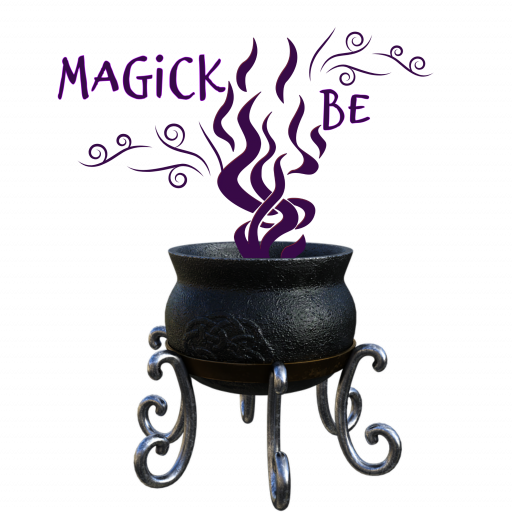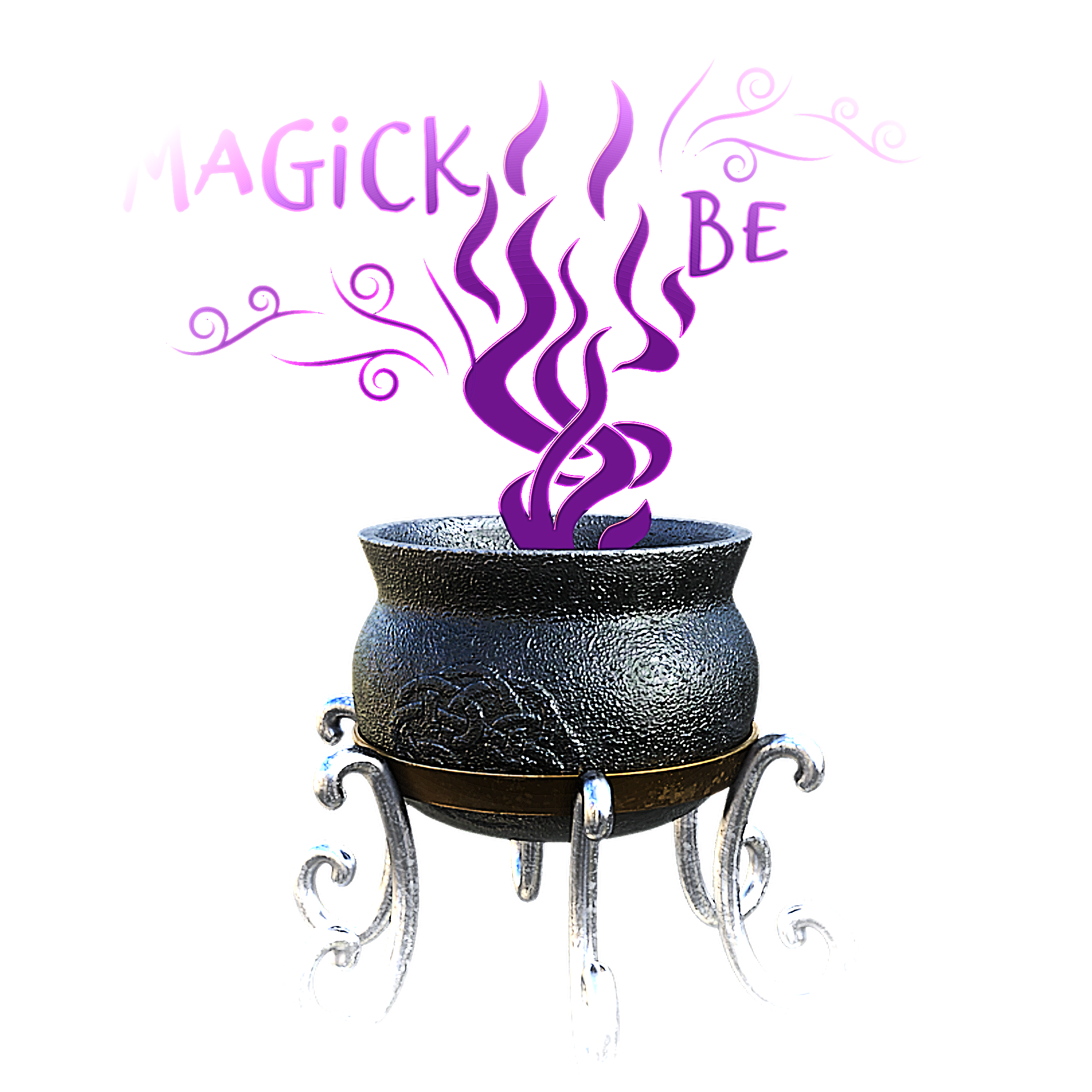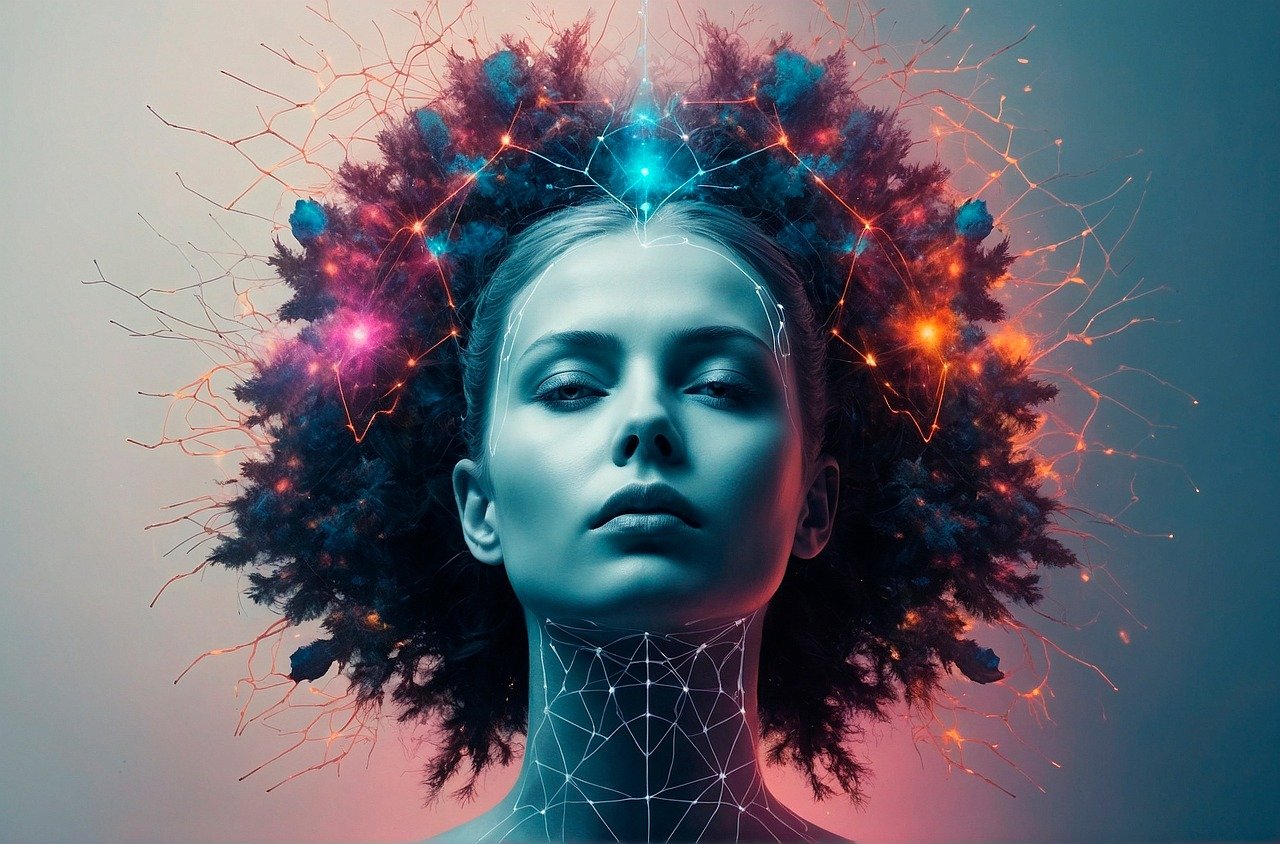Creating Independent Energies Through Focused Will
The Quantum Landscape of Consciousness
At the intersection of consciousness, intention, and metaphysical engineering lies one of the most profound and controversial practices in esoteric traditions—the creation of thoughtforms and tulpas. These are conscious entities brought into existence through the concentrated power of human will, imagination, and sustained mental focus.
Origins and Cultural Contexts
Tibetan Buddhist Roots
The concept of tulpas originates in Tibetan Buddhist mystical practices, where advanced practitioners were believed capable of manifesting mental constructs with seemingly independent existence. These were not mere imagination, but carefully crafted conscious entities believed to possess their own agency and awareness.
Global Magical Traditions
While the term “tulpa” comes from Tibetan traditions, similar concepts exist across various spiritual and magical systems:
- Egregores in Western occult traditions.
- Servitors in chaos magic.
- Thought constructs in shamanic practices.
- Elemental beings in hermeticism.
The Metaphysical Mechanics of Thoughtform Creation
Consciousness as Creative Energy
Thoughtform creation operates on several fundamental principles:
- Consciousness is a malleable, creative force.
- Focused intention can generate persistent energy patterns.
- Sustained attention can imbue mental constructs with increasing complexity and autonomy.
The Process of Manifestation
Creating a thoughtform involves:
- Clear Intention Formulation
- Precise definition of purpose.
- Ethical considerations.
- Detailed visualization.
- Energetic Structuring
- Mental imagery.
- Emotional investment.
- Vibrational alignment.
- Sustained Attention
- Repeated visualization.
- Emotional nourishment.
- Conscious interaction.
Types of Thoughtforms
Functional Classifications
- Temporary Constructs
- Short-lived entities.
- Specific, time-limited purposes.
- Easily dissolvable.
- Semi-Permanent Thoughtforms
- More complex structures.
- Extended existence.
- Requires periodic “recharging.”
- Autonomous Entities
- Near-independent consciousness.
- Complex internal structure.
- Potential for significant independent action.
Practical Applications
Spiritual and Magical Purposes
- Healing work.
- Psychological exploration.
- Magical assistants.
- Manifestation amplification.
- Energetic protection.
Psychological and Therapeutic Potential
- Shadow work.
- Inner child healing.
- Exploring subconscious dynamics.
- Personal transformation.
Ethical Considerations and Responsibilities
Fundamental Ethical Principles
- Consent and mutual benefit.
- Clear boundaries.
- Responsible creation.
- Potential for unexpected outcomes.
Potential Risks
- Psychological destabilization.
- Energetic attachment.
- Unintended manifestations.
- Loss of control.
Advanced Creation Techniques
Visualization Protocols
- Sensory Detailed Visualization
- Complete sensory mapping.
- Emotional resonance.
- Vibrational alignment.
- Meditative Stabilization
- Prolonged focus.
- Energy cultivation.
- Conscious interaction.
- Symbolic Anchoring
- Physical representation.
- Energetic signature.
- Ritual reinforcement.
Contemporary Perspectives
Scientific Explorations
Emerging research in consciousness studies and quantum psychology suggests potential scientific frameworks for understanding thoughtform phenomena:
- Quantum field interactions.
- Neuroplasticity.
- Consciousness as fundamental energy.
Cultural and Community Practices
Modern communities, particularly in online spaces, explore tulpa creation through:
- Structured visualization techniques.
- Shared experiential protocols.
- Collaborative research.
Practical Guided Meditation: Thoughtform Creation
Preparation: Create a quiet, sacred space. Ground yourself through deep breathing.
Intention Setting
- Clarify your purpose.
- Establish ethical boundaries.
- Visualize desired outcomes.
Energetic Preparation
- Center your consciousness.
- Cultivate a state of calm receptivity.
- Expand your energetic awareness.
Manifestation Visualization
- Create detailed mental imagery.
- Engage all sensory dimensions.
- Infuse with emotional resonance.
Conscious Interaction
- Establish communication protocols.
- Define relationship parameters.
- Create mutual understanding.
The Frontier of Conscious Engineering
Thoughtforms represent a profound exploration of consciousness—a technology of intentional creation that challenges our understanding of reality, perception, and human potential.
In the quantum landscape of consciousness, we are both the creators and the created—infinite in our potential, boundless in our imagination.
Warning and Disclaimer
Caution: Thoughtform and tulpa creation involves complex psychological and energetic dynamics. Approach with careful preparation, ethical consideration, and preferably under guidance of experienced practitioners.





